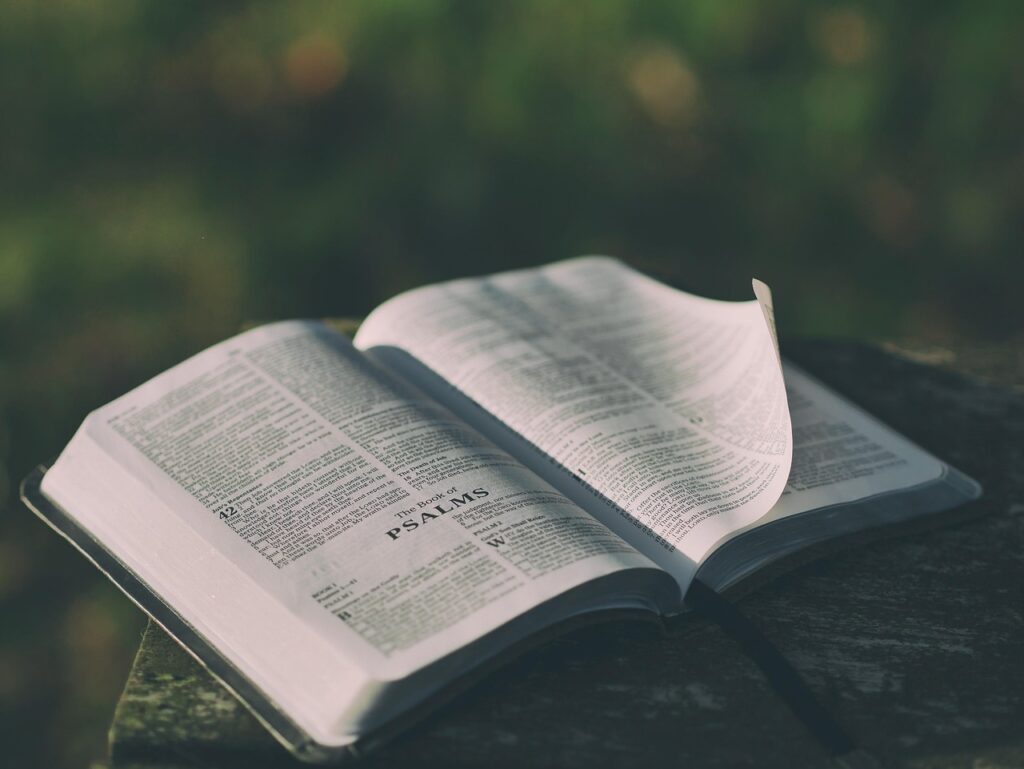When Power Covers Faith, the Gospel Falls Silent
Today, the term “medieval church” often evokes negative images—indulgences, papal absolutism, inquisitions, monopolized Scripture, and clerical corruption. These reflect how the church evolved from a community of faith into a structure deeply intertwined with secular power. Yet it did not begin in corruption.
The early church was born in persecution, upheld by martyrdom under the Roman sword. Its witness of sacrificial love transformed local communities. So how did this community of gospel power become entangled in institutional control?
The shift began in the 4th century when Emperor Constantine legalized Christianity, followed by its designation as the Roman Empire’s official religion. The church quickly moved from being persecuted to being protected. In this new era, church leaders took on increasingly political roles.
Church buildings grew grand, clergy received high honors, and bishops functioned as de facto rulers in local society. Though the gospel remained, its interpretation was restricted to clergy. Laypeople slowly drifted from the center of worship and faith practice.
The most significant change was the monopolization of Scripture. The church recognized only the Latin Bible and reserved its interpretation for the papacy and select theologians. This protected doctrinal unity but reduced faith among the laity to superstition and ritual. The system of indulgences was a clear result.
When the forgiveness of sins became a transaction—purchased rather than received through repentance and faith—the essence of the gospel was obscured. The church prioritized economic and political influence over spiritual authority, functioning increasingly like a state institution. This system persisted for centuries until the Reformation.
At the heart of this decline was a shift in authority. The early church moved around the teachings of Christ and the apostles. Every believer was seen as a priest, and the community centered on Scripture. But over time, authority moved from the Word to individuals—especially the pope.
Papal infallibility became a unifying concept, but also imprisoned the gospel within a narrow framework. When the church becomes not a steward but a gatekeeper of truth, faith loses its vitality.
Yet, it is simplistic to claim the medieval church was entirely corrupt. Many faithful believers remained. Monastic reforms and lay renewal movements emerged across Europe. Though often labeled heretical and persecuted, these believers preserved the flame of the gospel.
The Reformation was not a sudden rupture, but a continuation. Figures like John Wycliffe, Jan Hus, and Girolamo Savonarola cried out for a return to Scripture and holiness before Luther, Calvin, and Zwingli formalized the reform. History shows that when the church loses its essence, God raises voices to restore truth.
In Scripture, prophets arose when kings fell into corruption. Christ came when religious leaders had become hypocritical. The church is, before it is an institution, a community of the Word. The corruption of the medieval church is a warning about what happens when human authority usurps God’s Word—and a reminder that restoration is always possible when we return to it.
When Power Becomes Central, the Gospel Grows Dim
The church may be respected by society, but if that respect is rooted in influence and organizational might rather than the gospel, it is not true spiritual strength. Today’s Korean church—and the global church—must consider this deeply. The corruption of the medieval church is not just a past failure; it is a mirror for our present. Power swiftly silences the essence. Only when the gospel returns to the center can the church once again be a true light to its generation.
Maeil Scripture Journal | Today’s World, A View Through the Word




